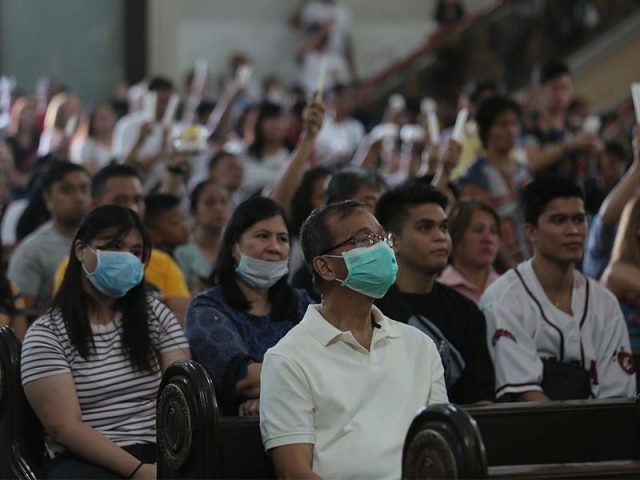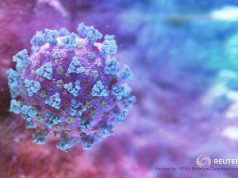An infectious disease doctor shed some light on questions raised about the Department of Health’s response to testing and its announcement of confirmed cases of the deadly novel coronavirus in the country.
As of March 10, the health agency recorded a total of 33 confirmed COVID-19 cases, a slight jump from the 20 cases reported on Monday afternoon.
Such surge came after nearly a month of not detecting any new individuals who have acquired the pathogen.
To contain it, the health agency previously raised Code Red Sub-level 1, which calls for the preparation of all health care providers in handling more cases.
President Rodrigo Duterte also declared a state of public health emergency upon DOH’s recommendation, and then ordered a suspension of all classes in Metro Manila from March 10 to 14.
Several academic institutions and local government units have also called off classes.
Despite these preventive measures, health officials had been grilled and accused of their slow response on the spread of the virus called Sars-CoV-2, citing underreporting and lack of testing kits.
On testing and reporting
Dr. Edsel Maurice Salvana posted a possible explanation for the health department’s perceived inadequate actions to prevent more transmissions of the virus.
Deeper breath. Four new cases in the Philippines. Let's dissect what this means for us.1. Does this mean there is…
Posted by Edsel Maurice Salvana on Sunday, March 8, 2020
Underreporting and late announcements
Because of the sudden increase of reported cases, rumors circulated that the DOH is keeping information from the public.
Sen. Nancy Binay also berated health officials at a Senate hearing on Monday over the slowpoke announcements.
Salvana pointed out, however, that this may not be the case given the time frame between the testing and reporting which is within 24 to 48 hours duration.
“If you look at the time-frame between testing and reporting, it is no more that 24 to 48 hours. DOH is reporting as soon as it can, with some lead time for contact tracing so that people can quarantine themselves as soon as possible,” he said.
Based on the matrix from DOH, the 14 initial cases reported or the seventh to 20th patient over the weekend were confirmed at the lab within two days, from March 8 to 9.
This matrix is not yet updated with the ones confirmed since Monday.
Missing cases
Salvana said that missing cases are possible even with large surveillance systems as the United States Centers for Disease Control and Prevention.
So far, the health agency has not disclosed any missing cases in the country.
Salvana cited the country’s two monitoring systems — the Severe Acute Respiratory Infection (SARI) surveillance and another one that identifies persons under investigation (PUI) and persons under monitoring (PUM).
In a separate article, the physician also explained that SARI sites are specifically tasked to look for unusual areas or clusters with severe pneumonia.
“From what we know of COVID-19 , 80% of cases will be mild while 20% will end up in the hospital. So if a whole bunch of people with pneumonia end up hospitalized, then DOH will be alerted and will look into it,” Salvana said in an Esquire article.
In his Facebook post, Salvana noted that having more cases also just means that the DOH is conducting tests.
“More than 700 people have been screened according to established WHO protocols. Due diligence is being observed,” he said.
Cost of tests
The testing of the virus in the country is also worth a hefty P5,000 to 8,000, Salvana revealed.
“A Filipino kit is being validated. These are all happening as we speak. However we still need to prioritize testing to the most probable because we cannot test everyone at this time,” he said.
Similarly, testing for COVID-19 in the United States is also expensive, at least $3,000, according to an article from Time magazine.
South Korea, which also recently reports rapid increase in the number of confirmed cases, offers free drive-through coronavirus testing for its citizens.










